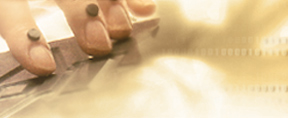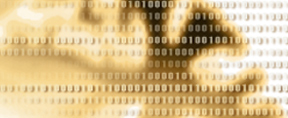Haptic object identification
Soledad Ballesteros and Morton A. Heller
Introduction
The study of touch has interested psychologists and neuroscientists for a long time but interestingly, the world of touch is flourishing nowadays. Important developments are taking place in psychology of touch, neurosciences, virtual reality and robotics. Today, haptics is more than ever a multidisciplinary field as well as a world research effort. In 2005, after a number of interesting and successful conferences organised independently in the United States and Europe, the First World Haptics Conference took place in Pisa (Italy). The Second World Haptics Conference was celebrated in Tsukuba (Japan) in 2007. The papers presented at World Haptics cover three main areas; the Science of Haptic Perception, the Technology of Haptic Interfaces, and the Applications of Haptic Interfaces and Teleoperation Systems. The great success of these international worldwide scientific meetings made us feel that the world of touch is more vibrant than ever.
The startling growth experienced by the field of haptics during the last decade represents a realisation that fundamental perceptual problems may be solved in this modality [1]. Recent approaches to the study of touch from the experimental psychological methodology and sophisticated neuroscience techniques are likely to provide interesting advances in the field.
In this chapter we first consider the ‘hot’ issue of active versus passive touch. Tactile passive perception refers to stimulating the stationary finger or hand with a moving or static external stimulus whereas the term haptic perception is reserved for referring to the active exploration and manipulation of surfaces and objects with our hands. This mode of exploration allows one to extract a wealth of sensory information for further processing. The central core of the chapter is devoted to the perception of a series of important dimensions experienced in surfaces and to the recognition of two-dimensional raised-outline stimuli and the identification of three-dimensional objects by active touch.
...
<link>contents «Human Haptic Perception», Grunwald (Ed.)
<link>« Attention in sense of touch
<link>» Haptic perceptual illusions
<link>references: Haptic object identification
<link>references: chapters, <link>all





